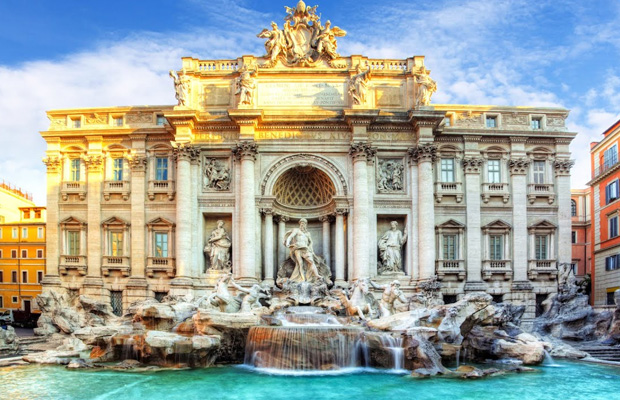Piazza del Popolo
Piazza del Popolo
Italy
Rome
Rome Travel Guide
Book Tour & Activities
Your tour in Rome.
Book your stay
Your hotel in Rome.
Overview
Piazza del Popolo is a large urban square in Rome. The name in modern Italian literally means "People's Square", but historically it derives from the poplars after which the church of Santa Maria del Popolo, in the northeast corner of the piazza, takes its name.
Piazza del Popolo is a large urban square in Rome. The name in modern Italian literally means "People's Square", but historically it derives from the poplars after which the church of Santa Maria del Popolo, in the northeast corner of the piazza, takes its name. The piazza lies inside the northern gate in the Aurelian Walls, once the Porta Flaminia of ancient Rome, and now called the Porta del Popolo. This was the starting point of the Via Flaminia, the road to Ariminum and the most important route to the north. At the same time, before the age of railroads, it was the traveller's first view of Rome upon arrival. For centuries, the Piazza del Popolo was a place for public executions, the last of which took place in 1826.
Valadier's design
The layout of the piazza today was designed in neoclassical style between 1811 and 1822 by the architect Giuseppe Valadier, He removed a modest fountain by Giacomo Della Porta, erected in 1572, and demolished some insignificant buildings and haphazard high screening walls to form two semicircles, reminiscent of Bernini's plan for St. Peter's Square, replacing the original cramped trapezoidal square centred on the Via Flaminia.
Valadier's Piazza del Popolo, however, incorporated the verdure of trees as an essential element; he conceived his space in a third dimension, expressed in the building of the viale that leads up to the balustraded overlook from the Pincio (above, right).
An Egyptian obelisk of Sety I (later erected by Rameses II) from Heliopolis stands in the centre of the Piazza. Three sides of the obelisk were carved during the reign of Sety I and the fourth side, under Rameses II. The obelisk, known as the Flaminio Obelisk or the Popolo Obelisk, is the second oldest and one of the tallest obelisks in Rome (some 24 m high, or 36 m including its plinth). The obelisk was brought to Rome in 10 BC by order of Augustus and originally set up in the Circus Maximus. It was re-erected here in the piazza by the architect-engineer Domenico Fontana in 1589 as part of the urban plan of Sixtus V. The piazza also formerly contained a central fountain, which was moved to the Piazza Nicosia in 1818, when fountains, in the form of Egyptian-style lions, were added around the base of the obelisk.
Looking from the north (illustration, right), three streets branch out from the piazza into the city, forming the so-called "trident" (il Tridente): the Via del Corso in the centre; the Via del Babuino to the left (opened in 1525 as the Via Paolina) and the Via di Ripetta (opened by Leo X in 1518 as the Via Leonina) to the right. The twin churches (the chiese gemelle) of Santa Maria dei Miracoli (1681) and Santa Maria in Montesanto (1679), begun by Carlo Rainaldi and completed by Bernini and Carlo Fontana, define the junctions of the roads. Close scrutiny of the twin churches reveals that they are not mere copies of one another, as they would have been in a Neoclassical project, but vary in their details, offering variety within their symmetrical balance in Baroque fashion.
The central street, now known as the Via del Corso, was the ancient Via Lata, and to the north it links with the ancient Roman road, the Via Flaminia, beyond the city gate and southwards, to the Piazza Venezia (formerly the Piazza San Marco), the Capitol and the forum. The Via di Ripetta leads past the Mausoleum of Augustus to the River Tiber, where the Baroque riverside landing called the Porto di Ripetta was located until it was destroyed in the late 19th century. The Via del Babuino ("Baboon"), linking to Piazza di Spagna, takes its name from a grotesque sculpture of Silenus that gained the popular name of "the Baboon".
Address: Piazza del Popolo, 00187 Roma RM, Italy
Opened: 1818
Hours: Closed ⋅ Opens 9AM
Video Travel Inspiration
See Piazza del Popolo on Map
Most Popular Cities

Siem Reap
Cambodia
Ho Chi Minh City
Vietnam
Beijing
China
Paris
France
London
United Kingdom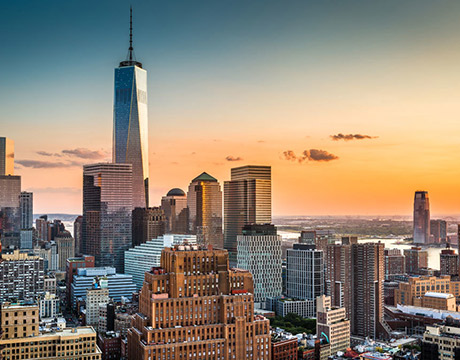
New York
USA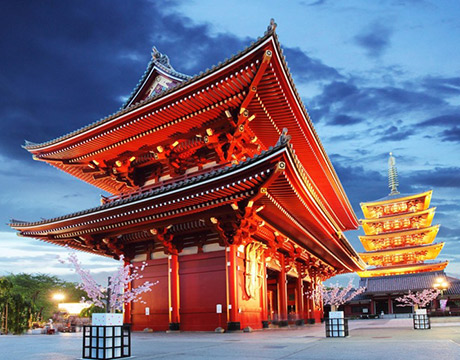
Tokyo
Japan
Bangkok
Thailand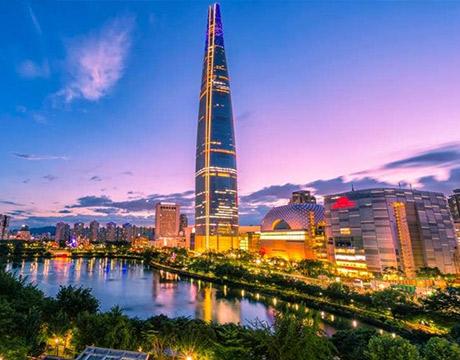
Seoul
South Korea
Vientiane
Laos
Yangon
Myanmar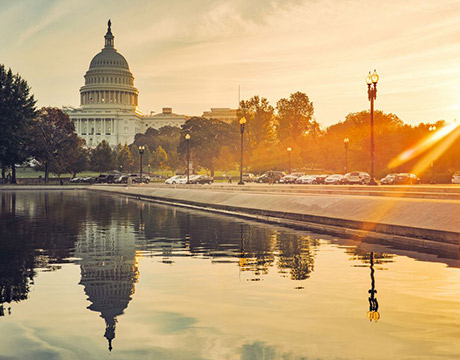
Washington DC
USA
Los Angeles
USA
Ottawa
Canada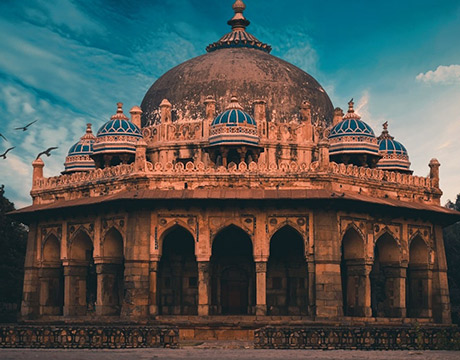
New Delhi
India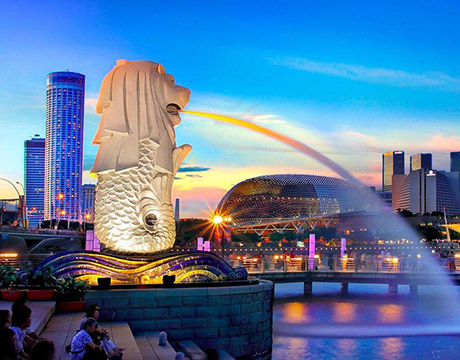
Singapore
Singapore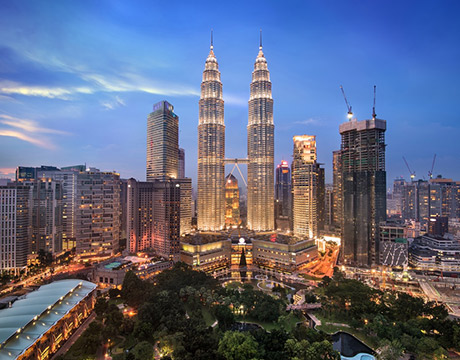
Kuala Lumpur
Malaysia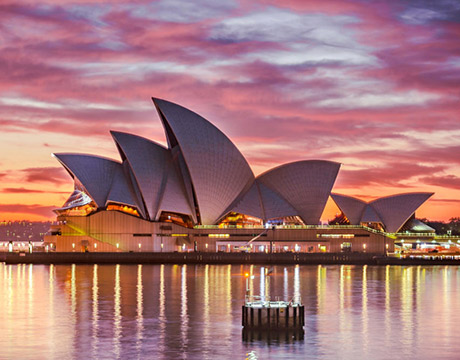
 English
English French
French Khmer
Khmer Thai
Thai Vietnamese
Vietnamese Chinese
Chinese Korean
Korean German
German Japanese
Japanese Italian
Italian Russian
Russian Spanish
Spanish Dutch
Dutch Indonesian
Indonesian Malay
Malay



